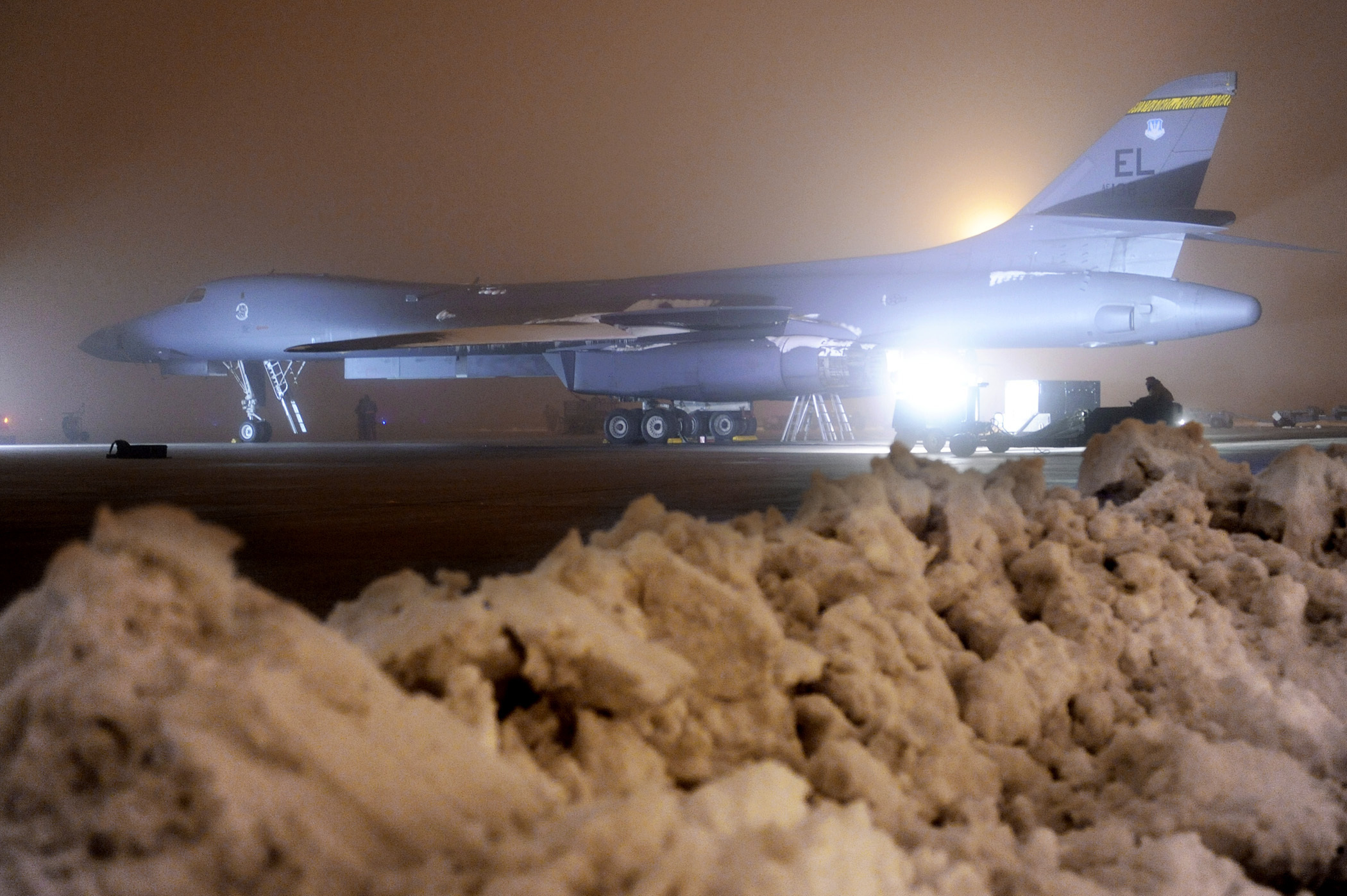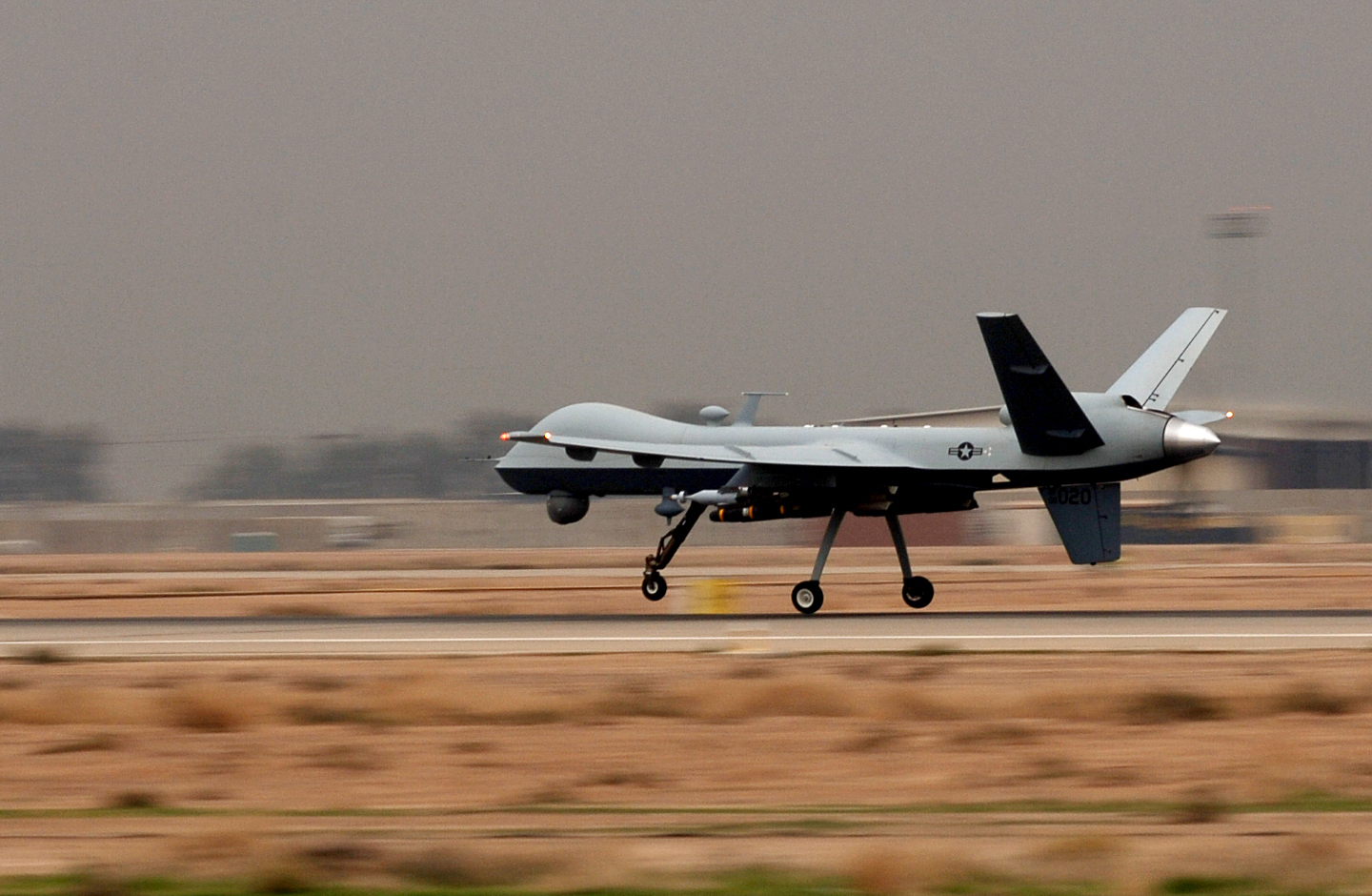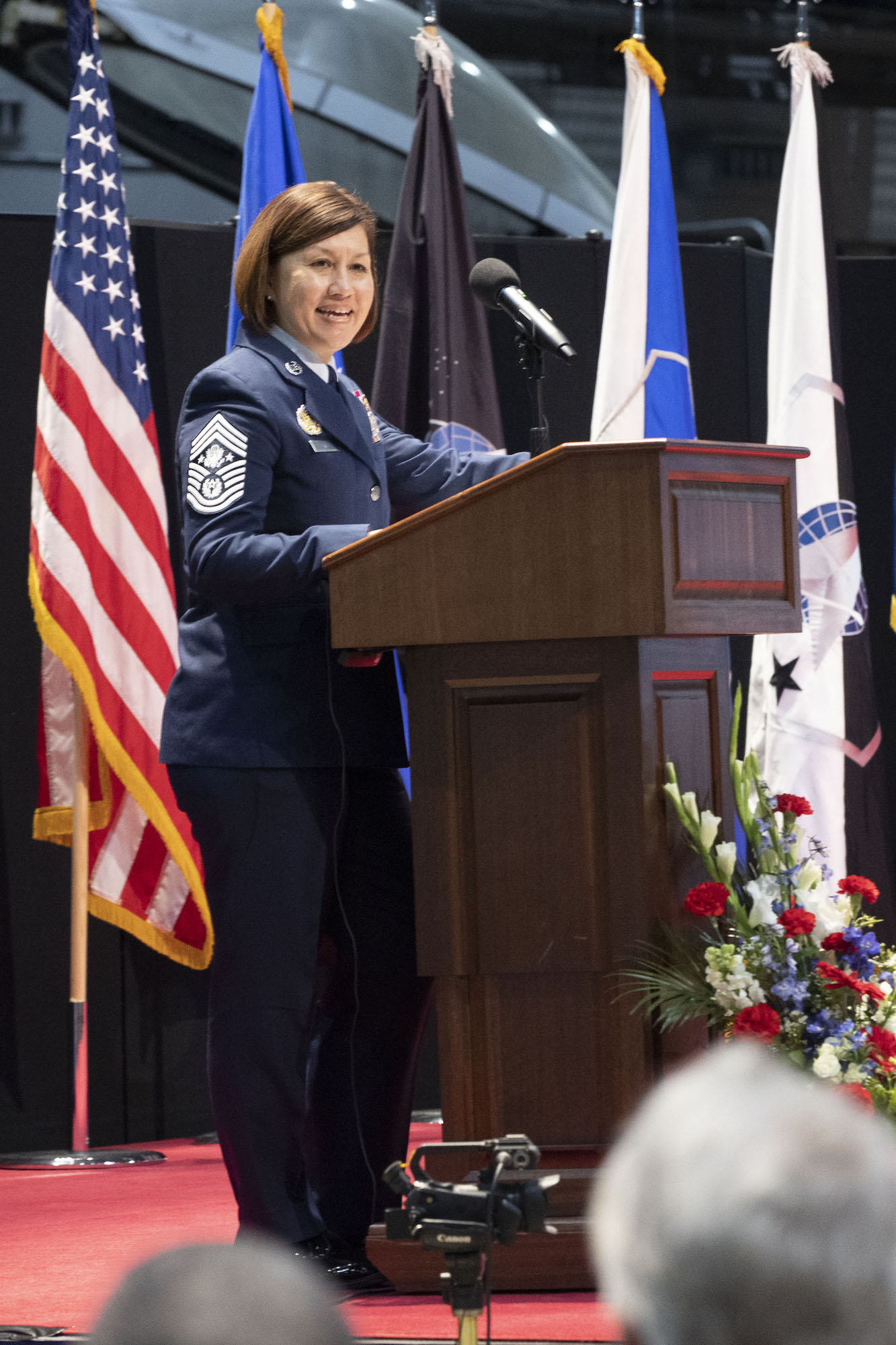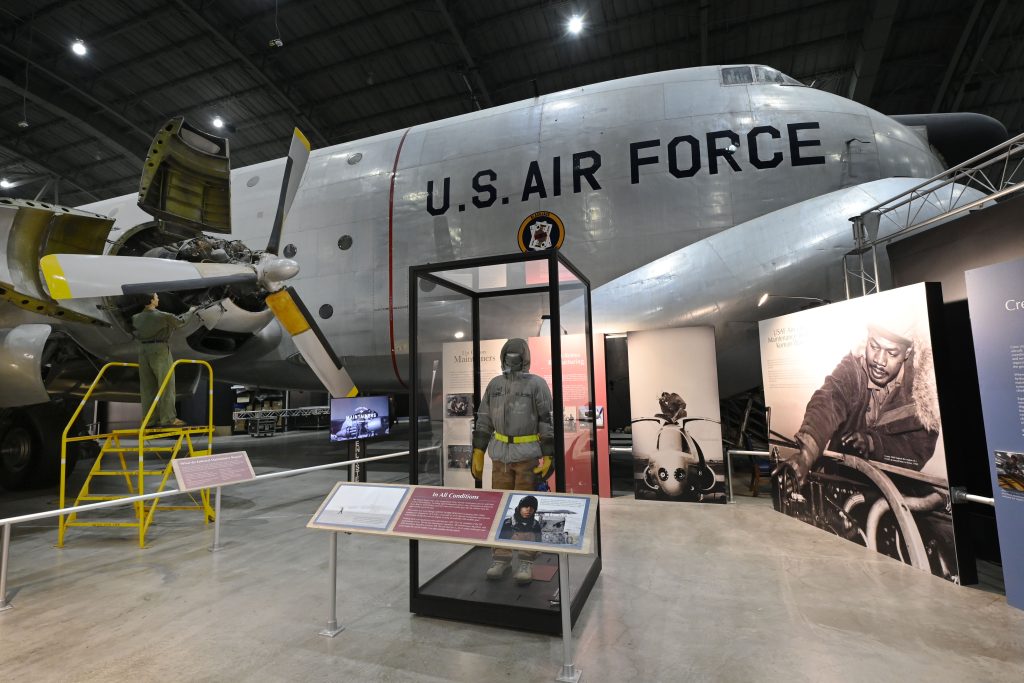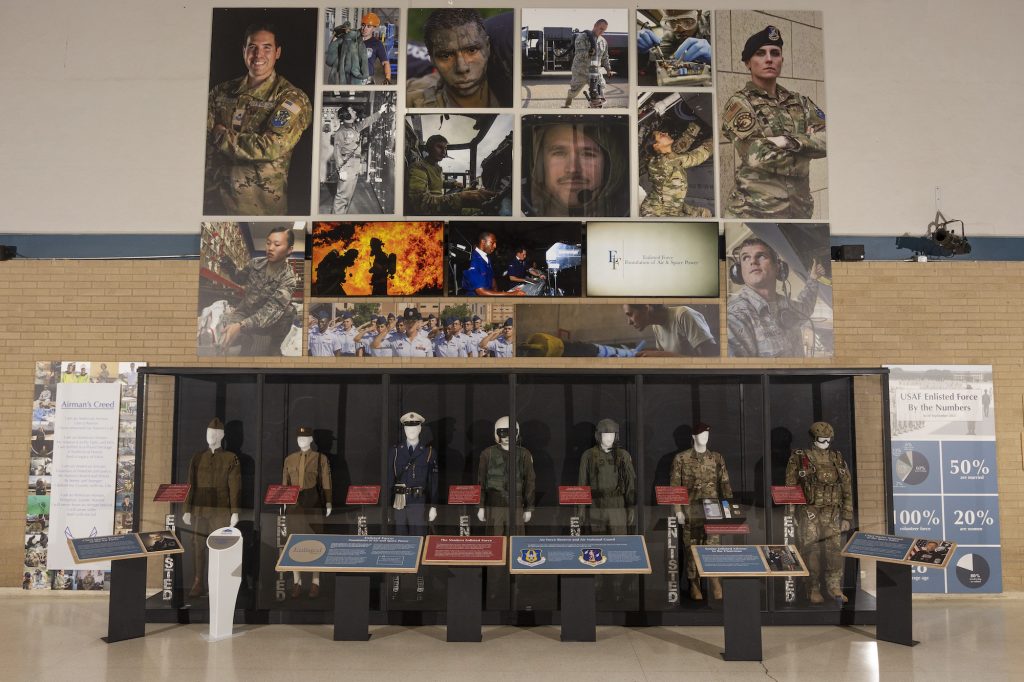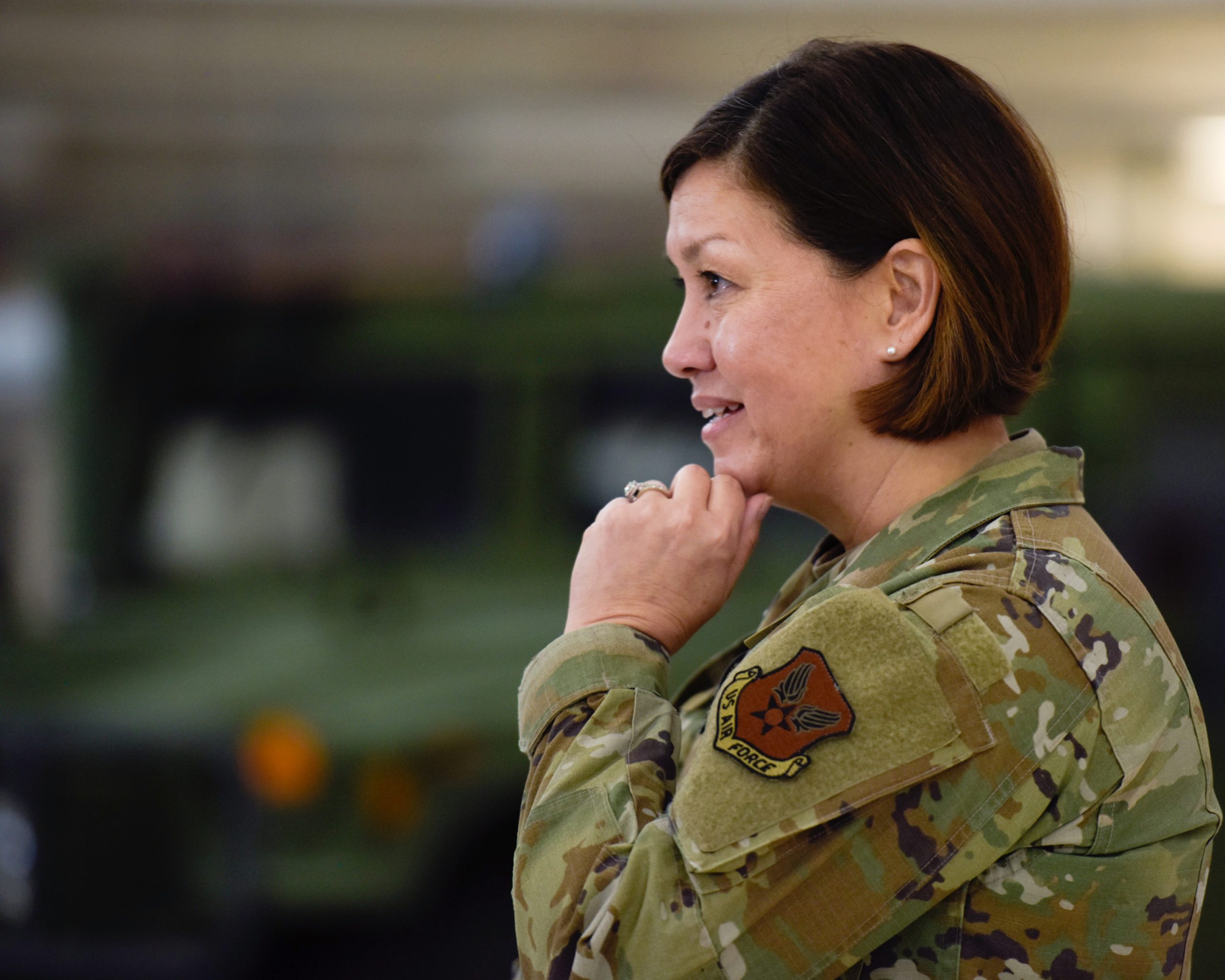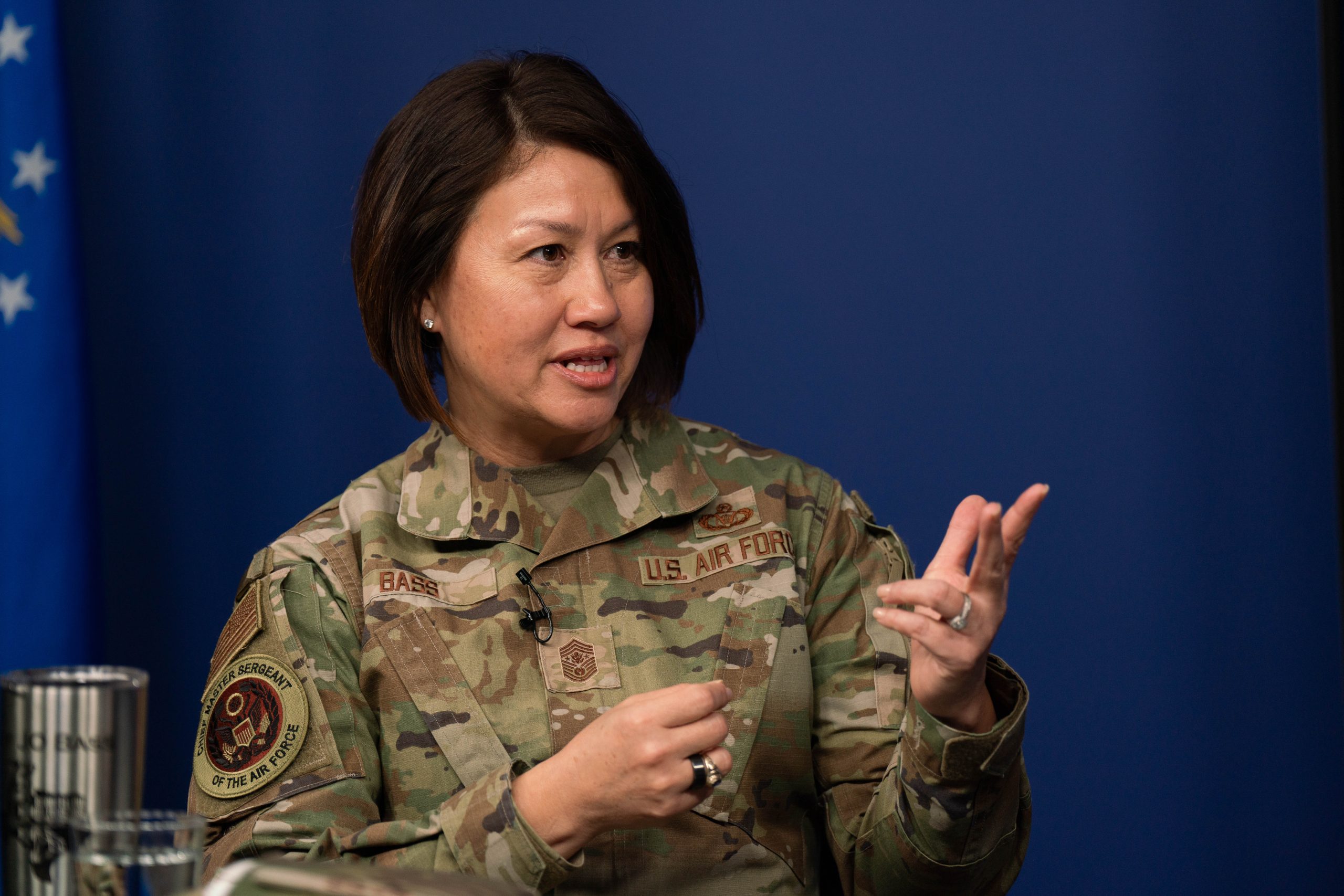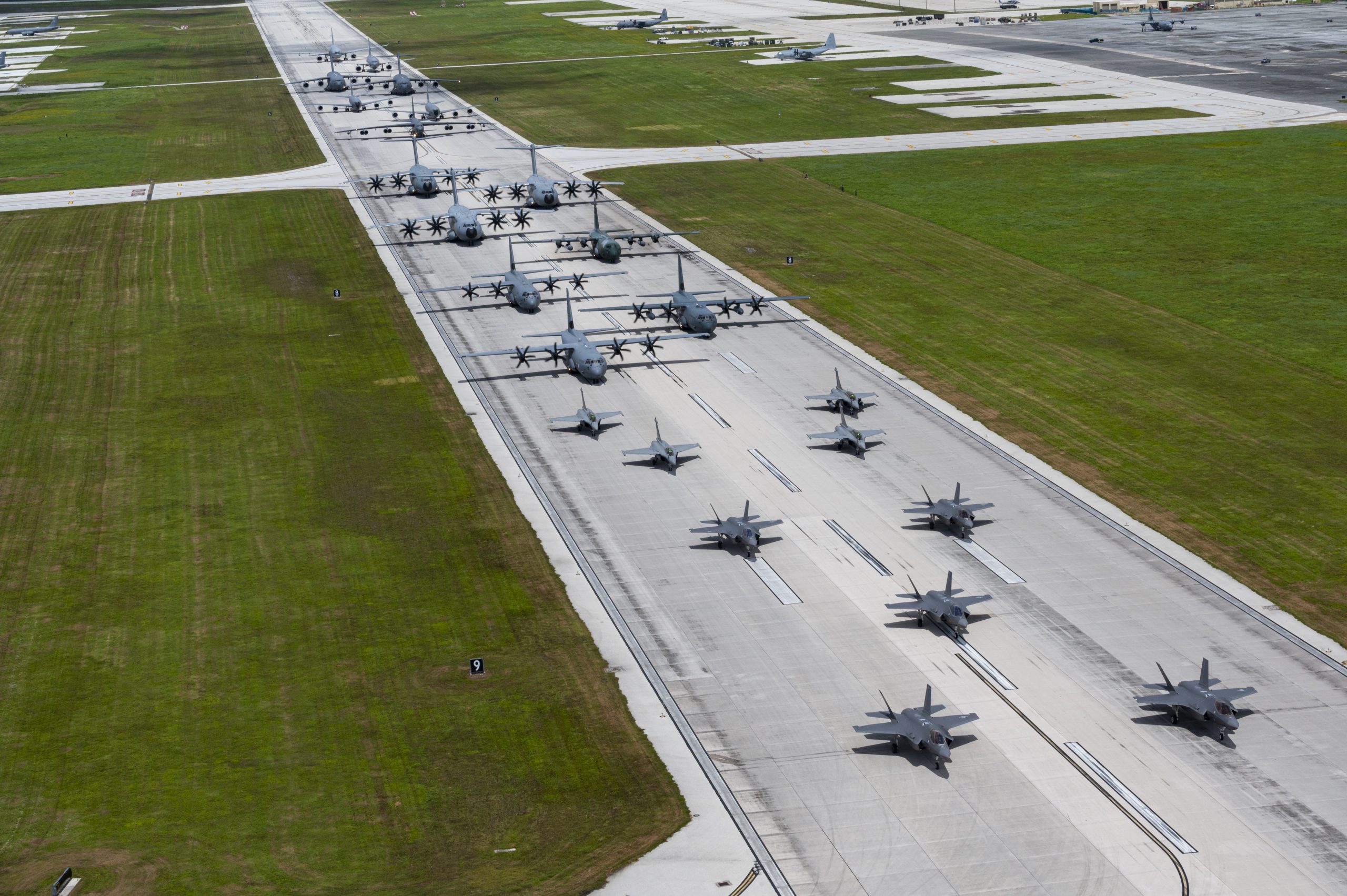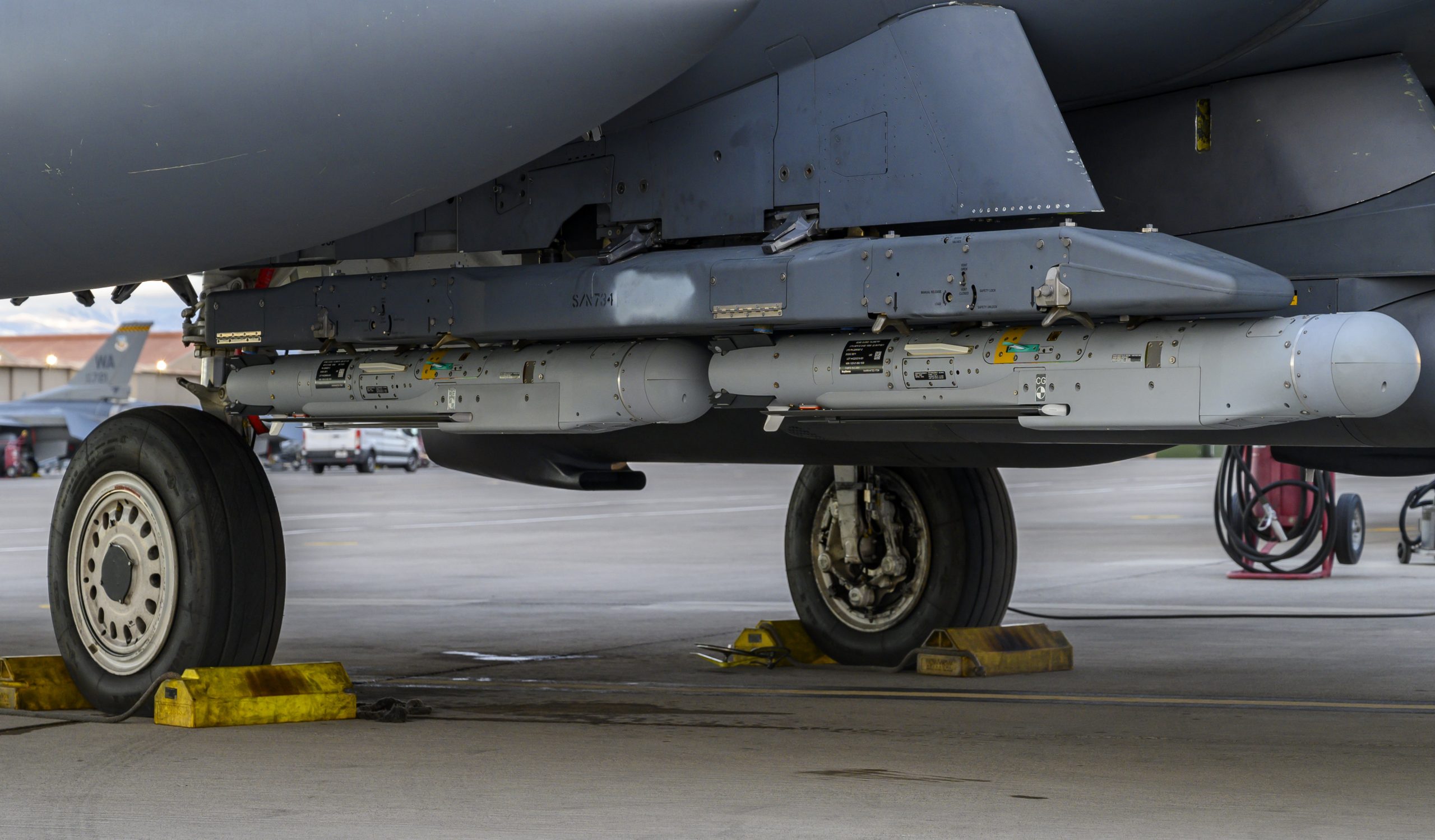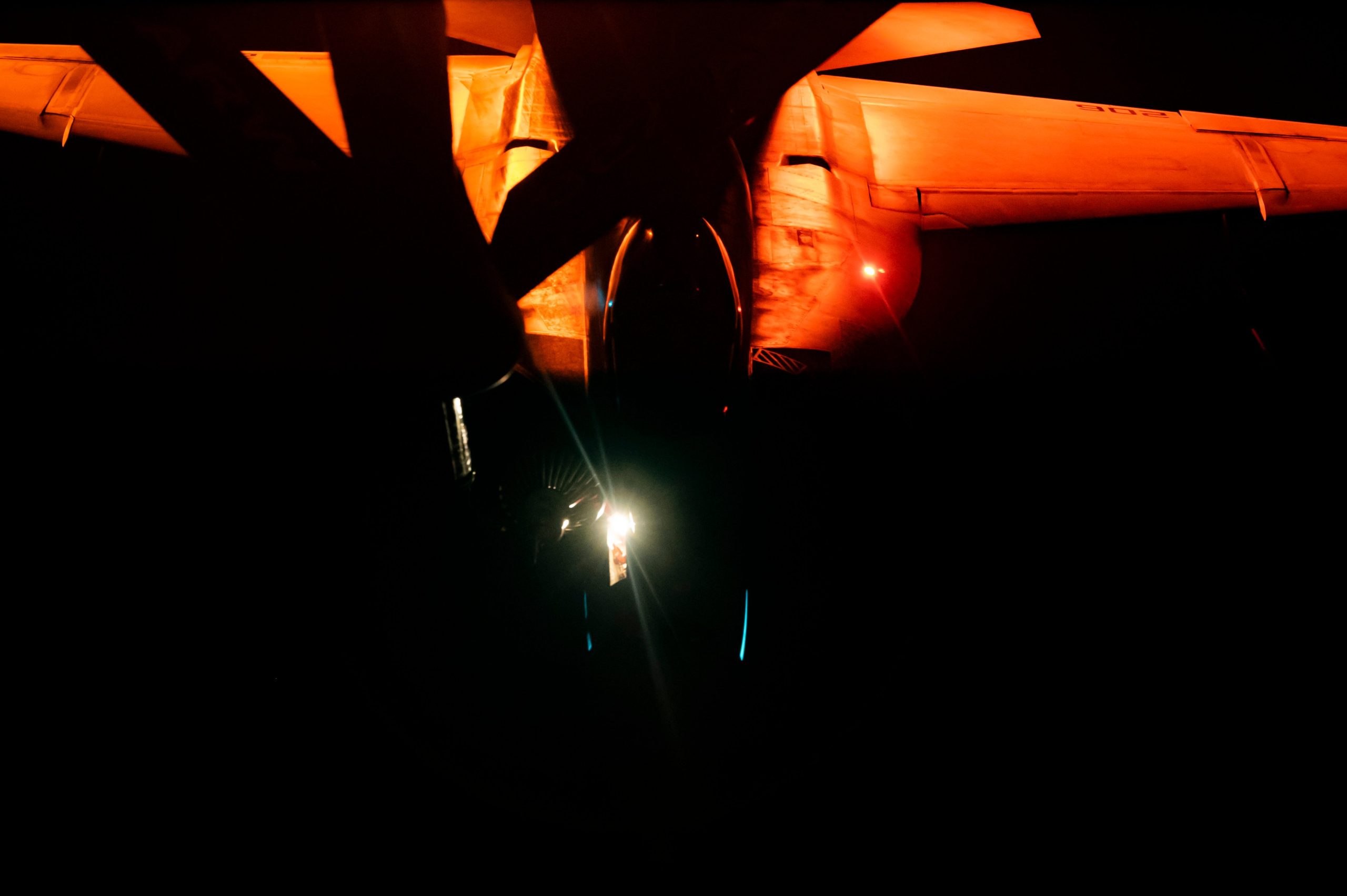Congress directed the Air Force and Space Force in the 2024 National Defense Authorization Act to define their future force. The call to action aims to force the services to fully articulate their long-term vision and needs—perhaps justifying increased funding.
Rep. Don Bacon (R-Neb.), a retired Air Force brigadier general and ISR pilot, introduced that 2050 force design study legislation to make the Pentagon commit to a flightpath from today’s USAF, which he fears is retiring too many aircraft too quickly, to tomorrow’s.
“We want the Air Force to lay out, ‘OK, this is our plan, and this is what we need,’” Bacon told Air & Space Forces Magazine. “And then we should stand back and say, is this adequate? Do we need to provide the Air Force more top line money for acquisition?”
The force design study, due by Aug. 31, will give Air Force Secretary Frank Kendall, Air Force Chief of Staff Gen. David W. Allvin, and Chief of Space Operations Gen. B. Chance Saltzman a chance to offer more concrete visions for the future Air Force and Space Force.
The Air Force has for years retired more aircraft than it has procured—Bacon pegged the ratio at around 2.5-to-1. Retired service leaders and observers have frequently noted that the fleet is growing smaller, older, and less ready over time, just as the Pentagon pivots to great power competition with the likes of China and Russia.
“It bothers me,” said Bacon, a member of the House Armed Services Committee and its Tactical Air and Land Forces subcommittee. “While we’re trying to gear up for China, you’ve still got Russia, you’ve got to deter in the Middle East, having a 1-to-2.5 ratio means our force is continuing to get smaller.”
Service officials say divestments are necessary to free up funding for modernization, and that the aircraft being retired would not survive in a near-peer fight anyway.
But while Bacon said he is comfortable retiring older, less advanced aircraft like the A-10, he believes USAF must be “the preeminent fighting force in the decades to come, especially with China.” Therefore, it needs to grow, not shrink.
“We’re going to have the B-21, we’re going to have other long-range strike capabilities,” Bacon said. “We’re going to have a lot of the stealth capabilities. You got the nuclear deterrence end of it, we have two-thirds of the triad and because of that, we’ve got to have the strength.”
In the competition for resources, however, the Air Force continues to lag behind the Army and Navy in terms of its direct share of Pentagon resources. Bacon sees the study as crucial to help articulate the need for spending increases.
“I want to be able to force the Air Force to say, ‘This is we want to look like,’” Bacon said. “I also think we need to discuss, is the top line sufficient for the Air Force? I’m of the opinion it’s not.”

It’s a chance some former officers have told Air & Space Forces Magazine that Kendall welcomes, as it would allow him to explain the reasoning behind key decisions like retiring aircraft, re-optimizing the organizational structure, and adjusting personnel.
Indeed, Bacon said he expects the 2050 study to dovetail with other strategic projects now underway, including Kendall’s push to “re-optimize” forces and the department to better align to modern-day requirements in competition with China.
The force design plan should offer an overarching vision that lawmakers and service leaders can compare to the department’s budget and investment decisions, Bacon said. That will contrast with recent history, he said, where “every year, they have a little bit of a different plan, so we feel like it’s a little bit of a moving target.”
“We want to get them on record: ‘This is what we want to have with a reasonable budget,’” Bacon added.

